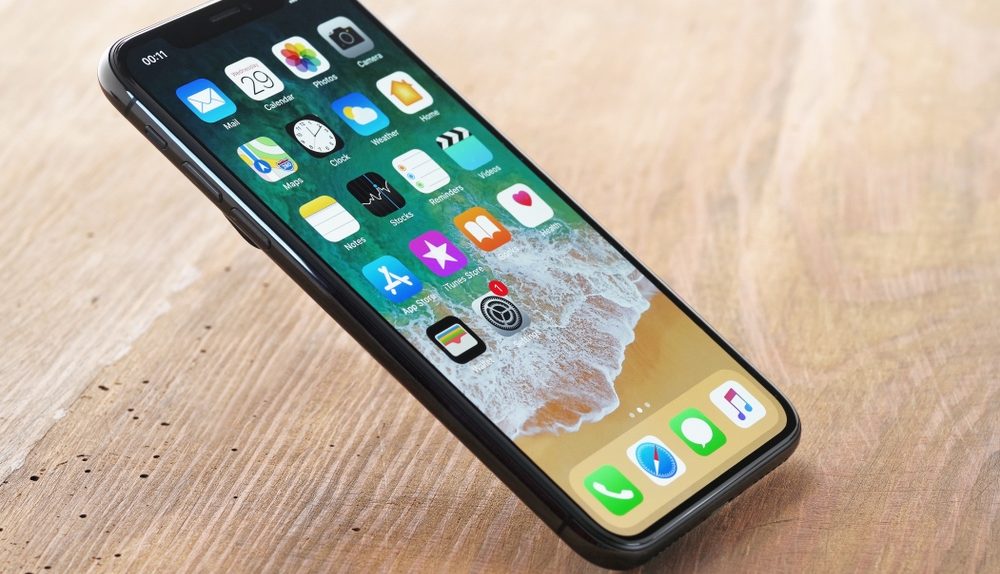A few weeks removed from the iPhone X launch, it’s abundantly clear that Apple’s next-gen iPhone is a smash hit. While there were initial concerns that a starting price of $999 might alienate buyers, not to mention the removal of the tried and true home button, demand for the iPhone X started off strong and hasn’t wavered since. In fact, Apple during the current holiday quarter will likely set an all-time record for quarterly revenue, largely on the back of strong iPhone X sales.
Tackling why the iPhone X has resonated so strongly with consumers, a new research report from Strategy Analytics relays that the iPhone X camera is the main lure drawing consumers to upgrade. More specifically, the front-facing camera system — which forms the foundation for Face ID and Animojis — is said to be the feature that iPhone buyers are most excited by and interested in.
An abstract of the report reads in part:
Analyzing early adopter reviews of Apple’s iPhone X from major online retailers, a new report from the Consumer Sentiment Analysis (CSA) service at Strategy Analytics “Early Buyer Sentiment: iPhone X Consumer Sentiment High for Camera, Display, and Face ID” has found that its camera is the major driver among positive ratings and in particular, the front facing camera which allows Apple’s new security feature, Face ID, is a key market differentiator.
The report should come as welcome news for Apple, especially given that removing the home button — a cornerstone of the iOS user experience since the very beginning — was fraught with risk. While the introduction of Face ID naturally raised a number of pertinent questions about usability, it turns out that Face ID works as well as advertised. Indeed, many users actually find Face ID to be as seamless as Touch ID, if not more so.
Looking ahead, a number of analysts anticipate that the iPhone X will help Apple set a new iPhone sales record in 2018. Morgan Stanley specifically notes that iPhone sales next year could check in at 262 million, easily besting the current sales record of 231.2 million units Apple set in 2015.







